Co-creating inspiring and supportive learning environments where students thrive.
What a good enough mentor looks like for teens and children
This post may be too long for email and may cut off, so hop on over to Substack and read the full post there.
I’m feeling called to spread the word about trauma-informed, safe learning spaces that inspire and support students to thrive.
Yesterday, I wrote 1,600 words of the prologue to my new book. Concepts, ideas and real lived experience during the decade I worked with hundreds of highly sensitive children, slowly trickle on to the page. They are ready to be known.
Why, now? Now is the time. It’s burning a hole in my head.
….it’s all I can think about.
Everywhere I turn young people are in pain.
The ‘epidemic’ of diagnoses is screaming at us from every media outlet. It concerns me deeply that we are pathologising a normal reaction to the crazy world that we live in, and then medicating it. Young overwhelmed and stressed bodies are communicating very clearly to us that something is wrong… and it is. I’ll give you clue: it’s not them!
Why then, are we not listening to their cries for help?!
What if young people were trying to tell us that the way we are doing life isn’t working? They would be right. Let’s be honest: our education system is out of date and the online world is a total mental health mindf*ck for adults. So imagine what that does to developing brains. I don’t even want to think about it.
Society is largely dysfunctional and becoming more fragmented by the day. I won’t start ranting about that but in the words of the late Michael Jackson “Why? Why? Tell ‘em that it’s human nature!”
I believe that highly sensitive children will save us simply by being themselves.
It’s not their job to do this but it’s our job to make sure they are fully loved, supported and tapped into their gifts (potential). Their gentle presence will make a difference to the world. We desperately need more empathy, more emotional intelligence and kindness in this world which is currently led by folk whose priorities are greed - more money, more power. There I’ve said it.
Children need emotional safety to learn
They don’t need more discipline—the true meaning of this word is actually to guide and not to punish.
They don’t need more consequences—natural consequences will suffice.
They don’t need more nagging—emotional coaching and questions that challenge their thinking are more constructive.
Now before you come at me in the comments, they do need clear expectations and boundaries which we must uphold, but ultimately if they feel emotionally safe which includes boundaries, structures and clear consistent communication, then all is well.
“I’ve always believed that my work with young people is about co-creating. They are part of the learning experience. I do not have all the answers. I am open to learning from them and from what their collective energy brings to the learning space.”
As a Coach, Mentor and Learning Support Assistant when I am with the students, I am not just the teacher, but the student too. When I speak to students about not liking school, they repeatedly tell me that they love to learn but not in the way we are teaching them.
Recently, I taught a class of eighteen-year-old male engineering students how to read their natal charts! Who knew?! I was surprised how enthusiastic and curious they were, but on reflection I guess it’s helpful tool for them to understand who they are and where their place is in the world.
What makes a good-enough mentor?
Today I thought I’d share some of my thoughts here on Substack about becoming the good enough mentor for young people. Let’s say it’s a warm up to the main act which is writing the book. I hope to publish it by the end of the year.
This post was inspired by a recent conversation with
, who is reading and reviewing my first book, Stuck Between Two Worlds. She said:“I’ve just finished reading Stuck Between Two Worlds. I’m moved, inspired, and completely reawakened to social and emotional learning for children. As an Intuitive Eco-Mentor, Environmental Educator, and Green Transitions Consultant, this story is real and relatable.”
For Wildhearts who want to belong.
Stuck Between Two Worlds is more than a book, it’s a framework for emotional & social learning.
Chapter after chapter I saw not just myself, but the children I work with across Kenya and Africa. Children who are stuck: in identity, in expectations, in silence and in fear.
The theme of stuckness is profound in this book, and offers a solution. The character Nettie becomes not just a guide, but hope. A reminder that we all need a Nettie in our lives, and more importantly, we need to be a Nettie for the children with sensitive hearts growing around us.
What stood out for me most is how deeply nature and sustainability are interwoven through Lisa’s writing. This is clear evidence that nature has an essential role to play in meeting children’s social and emotional needs.
Stuck Between Two Worlds gives me tools, language, metaphors, and ideas that can bridge imagination with practical implementation. From parents' packs on emotional safety, to teacher programs on how to "listen" to children's inner worlds. This is more than a book—it’s a framework.
Lisa, I see your heart in Nettie! Thank you for writing something so magical, yet so real. In the darkness, we either find out who we are, or we get lost.
Let’s be the Netties our children need. If you're an educator, mentor, mental health advocate, or sustainability leader—please read this book.
Let it move you, too.
What is the book about?
In this heart-warming story, Ruby is a ten-year-old, highly sensitive child (some may label her as neurodivergent) who feels misunderstood by her family. She is struggling to make sense of emotions and her place in the world….until she meets Nettie and learns that she is a Wildheart.
»How do you know if you’re a Wildheart?«
Nettie plays the role of the ‘good enough’ mentor.1 She is a compassionate and empathetic guide who leads with trust, respect and love. She isn’t there to tell Ruby how to behave or what to do, or what not to do, but she is there to create an environment that fosters self-discovery and growth. We need more Netties in this world!
The traits of the good-enough mentor
Throughout the book, we see how Nettie builds a genuine connection with Ruby. In therapy, we call this a safe or secure attachment. In coaching, we call this trusted rapport. When young people have this with just one adult, they are able to co-regulate. Slowly, over time this will enable them to regulate themselves. In my current role as Learning Support Assistant, this is always my priority; even when it takes me half the lesson to do it! Meaningful and productive learning cannot happen until this emotional connection is in place.
In the book, Nettie does this by:
Treating Ruby with respect which sends the message that Ruby matters. Ruby internalises this messages which fosters self-worth and confidence in herself and her ability.
Empathising with Ruby by seeking to understand her feelings and needs first, before she makes herself understood.
Acknowledging Ruby’s unique strengths and qualities instead of comparing her to the other children.
Showing up as reliable and emotionally available. She consistently checks in with Ruby (even when things are going well).
Taking a collaborative approach. She listens and asks questions to understand before she talks. She is transparent and clear in her communication.
Role modelling healthy repair after rupture or when things go wrong. Ruby has lots of emotional outbursts which is a normal and healthy part of her development. She doesn’t see emotions as a threat or something to be shut down.
Owning her mistakes and apologising to Ruby. By doing so she gives Ruby permission, and leaves room for her to make mistakes. This way Ruby learns experientially through trial and error. Nettie doesn’t expect Ruby to be perfect.
Creating a nurturing and relaxing approach which slows down and gives time for Ruby to self-direct and her find her own way.
Allowing Ruby to feel all her feelings without making them wrong or judging them. She is simply curious and reflective in her demeanour.
Creating and protecting a safe space for Ruby to socially, emotionally and physically find her own way to happiness and wellbeing.
What does ‘heart-centred mentorship’ look like in classrooms?
It’s about putting the students’s emotional needs and emotional safety at the heart of learning. It’s about cultivating learning spaces where students feel seen, known and understood. Students who feel like they belong to something worthwhile outside of their families, and know that they matter. “I’m making a contribution here.”
This heart-centred approach to learning is more about allowing than demanding or directing. It’s about letting go of what cannot be controlled and providing environments where students flourish
When a flower doesn’t bloom, you fix the environment in which it grows, not the flower.- Alexander Den Heijer
What makes a safe learning space?
Inclusivity
Trauma-informed, regulated, safe adults
Clear expectations
Repetition (consistency) and routine
Respectful and empathetic communication
Trusted rapport and positive regard
Active listening
Focus on emotional intelligence and attunement
Boundaries set with empathy
Slow and gentle paced learning
Fun and play as part of learning
Healthy conflict resolution strategies
Social-emotional habits and rituals
The premise of my new book will be to teach & guide young people from the inside out
Instead of managing classrooms and trying to control the uncontrollable, the goal is to aim for regulated classrooms. Come on…you didn’t think you were in control of them, did you?
The circle of control was introduced by Stephen R. Covey in his book, “The 7 Habits of Highly Effective People.” Notice that the circle of influence is ‘relational’. The secure and safe attachment is your point of power. Without that all important and trusted connection you will resort to fear-based strategies which lack empathy and emotional attunement.
What does a dysregulated human look like?
Being a human is a messy experience. When we are stressed our nervous system is activated and we shift into survival mode. This is our body’s protective coping strategy.
You might also know this as the 5 stress responses - FIGHT, FLIGHT, FEEZE FAWN or FLOP.
A person with a FIGHT stress response will attack. They may get explosive, say things they don’t mean or be defensive. They will push you away and may initiate an argument. They might be demanding or inflexible (defiant). Highly sensitive children often have lost the connection with this part of them as they have been conditioned to be ‘good’. (Now that sounds like ODD, doesn’t it?).
A person with a FLIGHT stress response will want to run away and escape what is overwhelming or feels unsafe. For many highly sensitive children, this can be a shouty teacher. They may act silly or giddy and need to be first or at the front. They may keep super busy and find it hard to sit still (Now that sounds like ADHD, doesn’t it?!).
A person with a FREEZE stress response will check out and day dream. They appear resistant to start a task. It may look like they’re not listening, or get clumsy. They are easily distracted, confused and forgetful. (Now that sounds like anxiety, procrastination or maladaptive daydreaming, doesn’t it?!).
A person with a FAWN stress response (sometimes called FRIEND) will be socially withdrawn and compliant. They can also show up as passive with a low mood. They will respond with just yes and no answers. Their goal is to remain ‘good’ and merge with other to feel safe. (Now that sounds like co-dependency or an anxious attachment style doesn’t it?!).
A person with a FLOP stress response will experience a total shut down and collapse. They may skip classes or not want to go to school. They feel anxious and hopeless. (Now that sounds like depression, doesn’t it?!).
Personally, I have always found it easier to work with young people who have a ‘fight’ or ‘flight’ response because they are still in the game. They haven’t lost the connection with their innate life force. Whereas a ‘freeze’ and ‘flop’ are harder to reach; especially children who are medicated. I have my own approach to help them.
‘Fawn’ responders are also a joy to work with because they want to please you. Yep the ultimate people pleasers, and are more inclined to co-operate. Although, you don’t want that. Their growth is in learning to find their voice and do what feels right for them. Again, they need to be in the body and have the emotional intelligence to understand what that looks like for them.
It’s a collaborative approach to learning
This means that both adults and students need to understand what it means to be regulated. It also means that regulation needs to valued and embodied by everybody with rituals and habits that are woven into the school day.
It’s a cultural & mindset shift
Regulation isn’t about teaching people to calm down. It’s about bringing people back to the connection with their bodies so that they can feel when something is intolerable. This is how we keep ourselves safe and it requires us to be in our bodies (not distracted by phones) and aware of the messages they give us. This means we need to be more present, not over scheduled, stressed or focussed on something ‘out there’ that is the answer to our problems.
We have all the answers we need inside of us. Our challenge is to come back to ourselves, and release the fear.
It’s time to trust …
Yes, I know we’re working in an outdated system, and a mental health crisis but until we name it and commit to making changes, no matter how small, we are failing. It’s time to rise up and move forward to change the trajectory for the next generation.
and I have decided to work together and bring this important body of work to life. Our values and ways of working are very much aligned. I cannot wait to see what this creative partnership brings.Thanks for reading and being here.
Love
PS. If you enjoyed this post, please click on the heart at the bottom or the top of this email. It helps others discover The Intuitive Writer and makes me happy!
Adapted from the concept of the Good Enough Mother. In 1953 a British paediatrician and psychoanalyst named Donald Winnicott termed the phrase 'good enough mother' in response to a study of many mothers and babies and his theory that children can benefit from imperfect parenting.
Download Stuck Between Two Worlds Chapters 1 & 2
Reading books to escape real life was how I self-soothed as a child. This is common with Wildhearts (highly sensitive souls) who often find the world is too noisy.

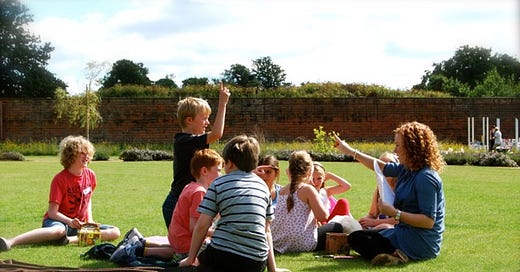




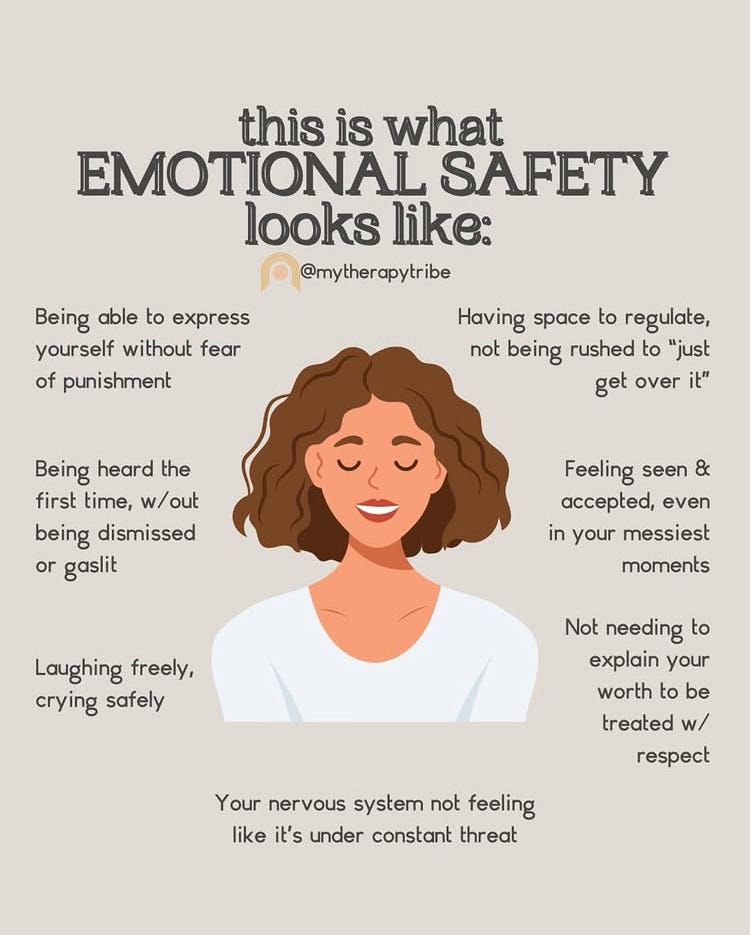




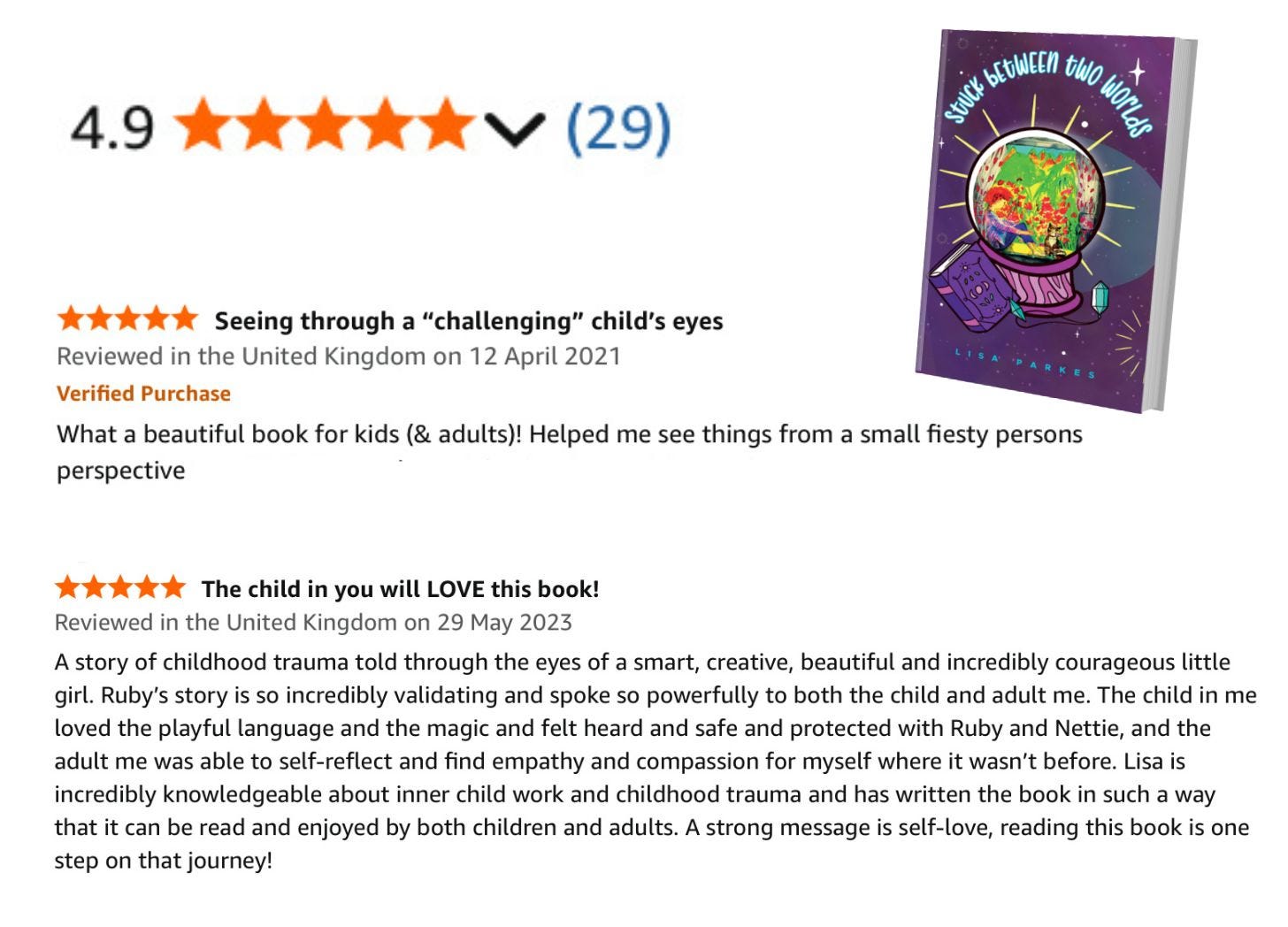
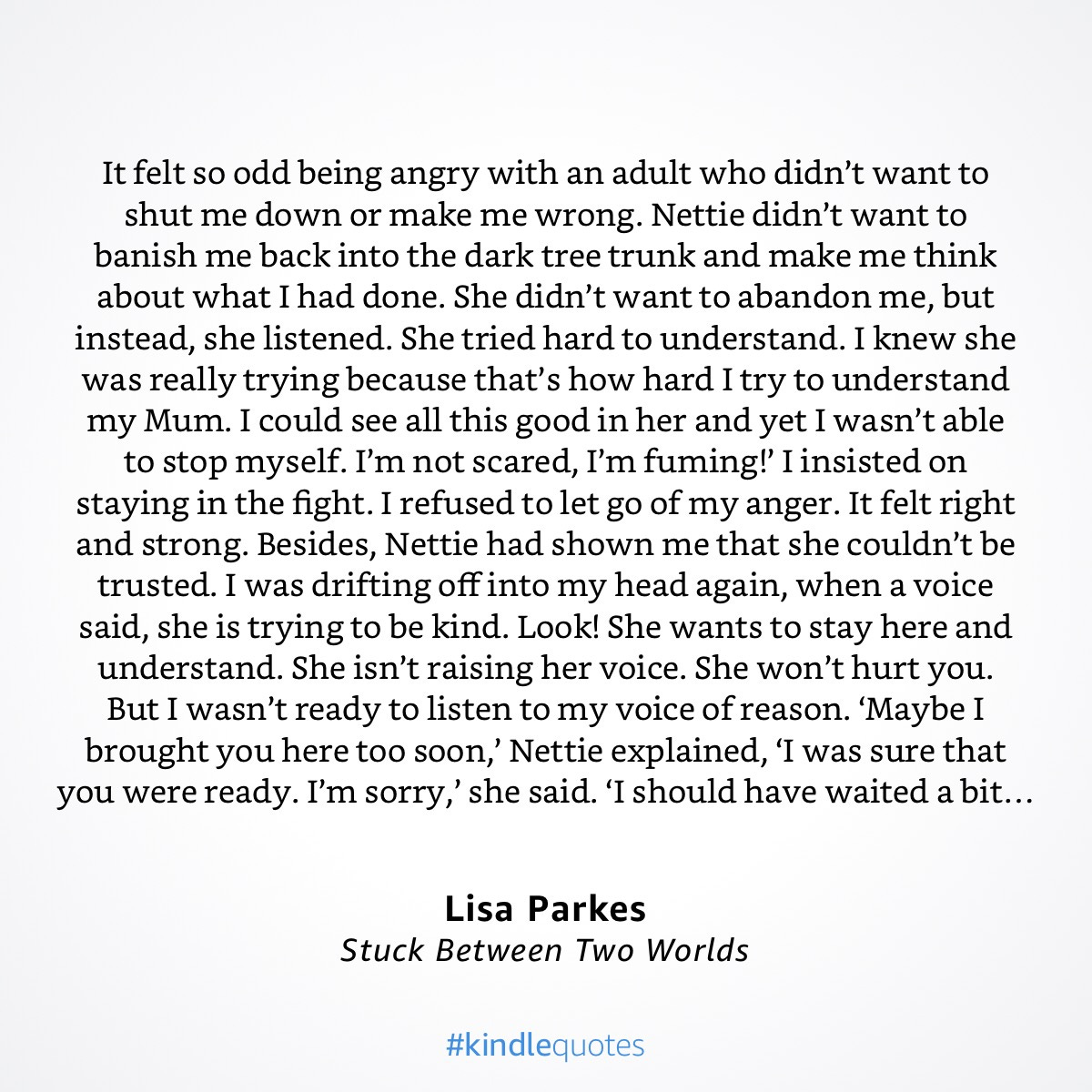

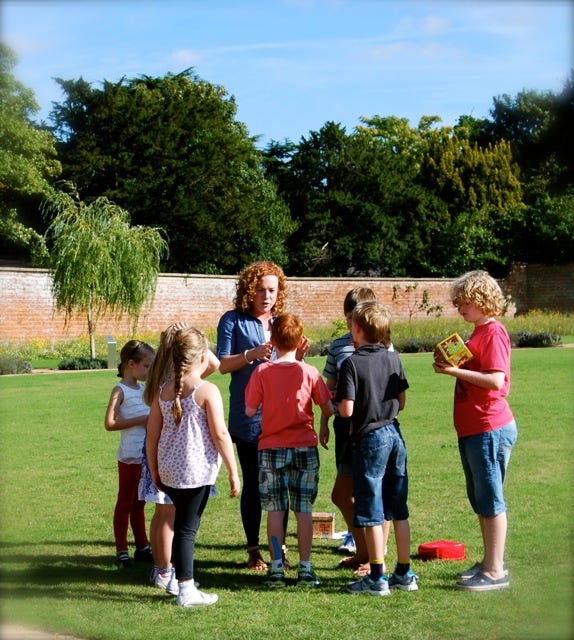
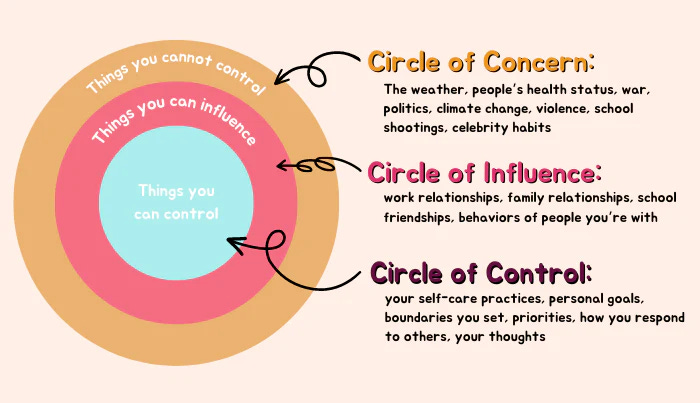
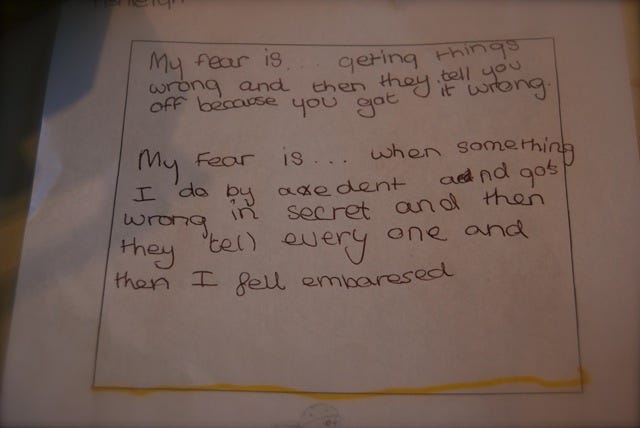


When I remember, I ask myself what would Nettie do 😂 everyone needs a Nettie in their life. ✨